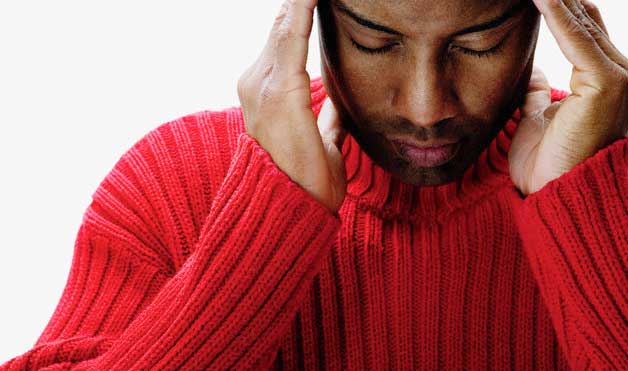Interpersonal Psychotherapy (IPT) is an empirically validated treatment for a variety of psychiatric disorders. The evidence for IPT supports its use for a variety of affective disorders, anxiety disorders, and eating disorders, and for a wide range of patients from children and adolescents to the elderly. The evidence base for IPT supports its use from age 9 to 99+.
IPT is recognized as an efficacious psychotherapy by the American Psychiatric Association, the American Psychological Association, and the National Institute for Health and Clinical Excellence in the UK. There are now over 250 empirical studies supporting the efficacy and effectiveness of IPT.
IPT is a time-limited psychotherapy that focuses on interpersonal issues, which are understood to be a factor in the genesis and maintenance of psychological distress. The targets of IPT are symptom resolution, improved interpersonal functioning, and increased social support. Typical courses of IPT range from 6-20 sessions with provision for maintenance treatment as necessary.

